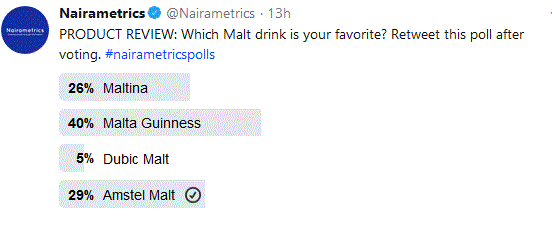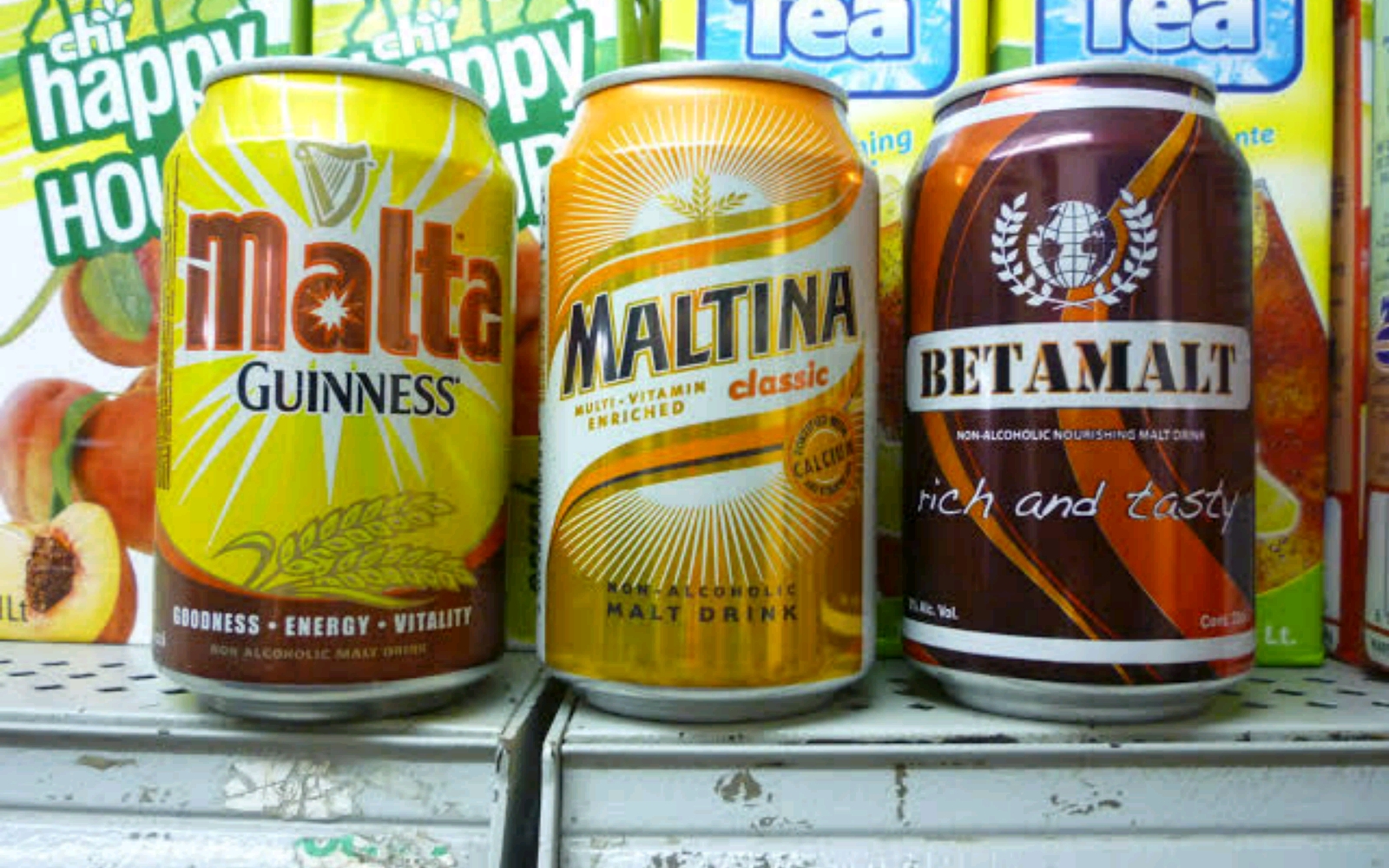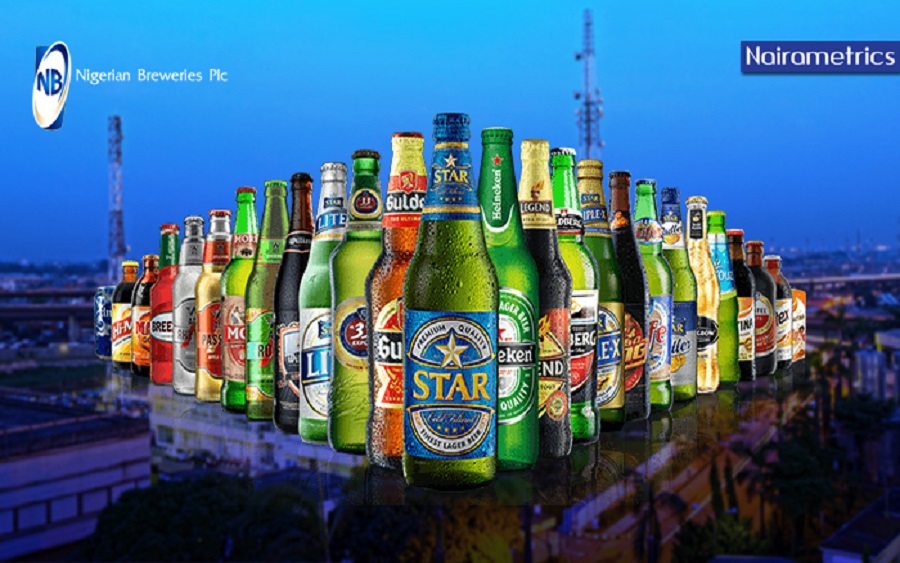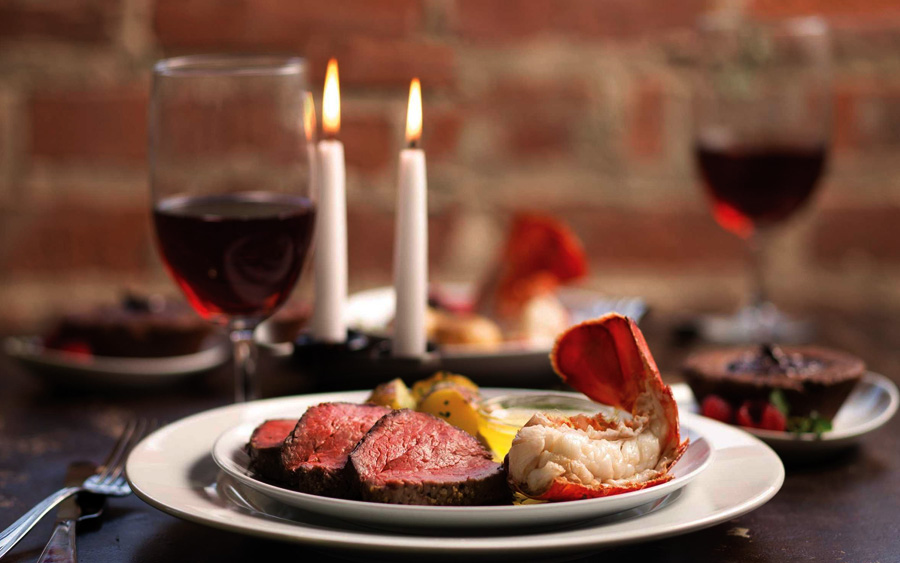The love for malt drinks among non-alcoholic drinkers is growing daily. In Nigeria, malt drinks account for a segment of the total carbonate volumes consumed in the country. According to Canadean, an online research portal, Nigeria is the third largest malt market, ranking behind Venezuela and Colombia. In Venezuela, malt is a popular children’s beverage, regularly found in school lunch boxes as a healthy energy source. While in Nigeria, malt drinks are used as substitutes for alcohol, regularly found amongst the drinks provided at social gatherings.
Malt drink is a lightly carbonated beverage, brewed from barley, hops, and water, much like beer. However, corn and caramel colouring may also be added. Historically, it was used as food for children and ailing patients and is often referred to as “children’s beer”. Now, it has since become a major beverage drink consumed by more people watching their nutritional content.
On this week’s edition of product review, a weekly analysis where Nairametrics features products contending for leadership and prominence in Nigeria’s consumer market, we are looking at the various malt drink brands and how they are competing for profitability and visibility in the market space.
Various Brands in the market space
The number of brands in the Nigerian market has been on the increase. Several years ago, Maltina and Amstel Malta drinks, from the stables of Nigerian Breweries (NB) Plc and Malta Guinness from Diageo’s Guinness, reigned in the malt drink section of the carbonated drink market. However, things have changed as several brands are now challenging the dominance of these drinks in the market space.
These include brands such as Dubic Malt and Malta Guinness herbs, both from the stables of Guinness Plc, Grand Malt and Betamalt, produced by Intafact Beverages Limited and International Breweries Plc, both owned by SABMiller, a subsidiary of Ab Inbev Beverages. The entrance of Ab Inbev, the world’s largest brewer, into the market also boosted the chances of Betamalt and Grand Malt in the market, as it is using its financial muscle to push other malt brands off the market.
Other malt brands like Malta Gold, Hi-malt, Maltex, Vitamalt and Maltonic are also contenders for market share in the malt drink market, and this has helped to stiffen competition in the market.
Malta Guinness was first produced in Nigeria in 1990, while Maltina has an even longer heritage. Both brands are popular in the market space, with wide distribution networks boosted by strong marketing mechanisms. Another brand that has a loyal consumer base is Amstel Malta. Although it has a slightly smaller market presence, it is preferred as a premium low sugar malt drink.
What brands are doing
In the bid to reach several customers, malt producers are now developing new marketing strategies by embarking on several promotional campaigns, featuring health messages to consumers, repackaging contents in cans, PET bottles, Tetra-Pak (paper boxes) containers, away from their traditional brown and dull glass bottles.
Recently, Arsenal Football Club selected Malta Guinness to be the official malt drink of the club in Nigeria for the next three years, leveraging on the club’s wide followership in Nigeria. NB’s Maltina was the first to introduce the Tetra-Pak, ‘Maltina sip it’ that made the drink handy and accessible.
Also, the Amstel brand has strong connections with Nigeria’s Nollywood. Interestingly, the price has not been a contentious issue, as there is not much difference in the prices of these products.
Malta Guinness and Amstel Malta have both grown consistently over the last few years, and though Maltina stumbled sometime ago, it has since got back on the growth track.
Health concerns among consumers
In response to several complaints by consumers of high sugar content in some of the malt drinks, Malta Guinness launched a low sugar version in 2012 to fit in with the health-consciousness trend of consumers. It has also become a unique selling proposition for some of these brands to retain and increase market share.
What consumers are saying
Findings by Nairametrics revealed the competition in the malt segment has divided consumers along taste lines. According to Kenny, a consumer who says he prefers Amstel to any other low malt drink:
“When I was growing up, an old advert had promised to keep consumers trim if they took it continuously. Since then, I have remained loyal to the brand.”
Another consumer, Mrs. Uzoma, who claimed to have worked in one of the leading brewing companies, was of a different opinion:
“All that claim on low or less sugar by malt producers are all fallacies; there is actually heavy presence of sugar in malt drinks, but what has reduced the sugar content is the addition of hops, which contains high-level bitter concentrates.”
Nkechi Okoye, a respondent, noted that the introduction of new variants has helped the different brands.
According to her:
“The introduction of new non-alcoholic malt beverages is yet another example of how the marketplace responds when the public changes its mind. Since their rediscovery (new malt drinks) a few years ago, non-alcoholic malt beverages have grown.”
A depot owner, Chuks noted that those who buy and drink Maltina do so because of its promise of vitamins and body nourishment.
Also, Mama Ibeji, a mini depot owner, revealed that consumers love to drink malt because of the belief that it acts as a blood booster.
The Verdict
In a Twitter poll conducted by Nairametrics, Malta Guinness got 40%, Amstel Malt got 29%, Maltina and Dubic got 26% and 5% respectively.

From the poll, Malta Guinness continues to show a strong presence in the market, despite stiff competition. However, other brands are not lagging behind in the race for kingship in the market.
It is commendable that NAFDAC recently stipulated that only malt drinks containing less than 2.5g of sugar should be labeled as “Low Sugar”, while content between 2.5g and below 9g were classified “Light Sugar”, but the agency must continue to ensure that standards are strictly adhered to in a bid to ensure the safety of unsuspecting consumers.















.gif)






